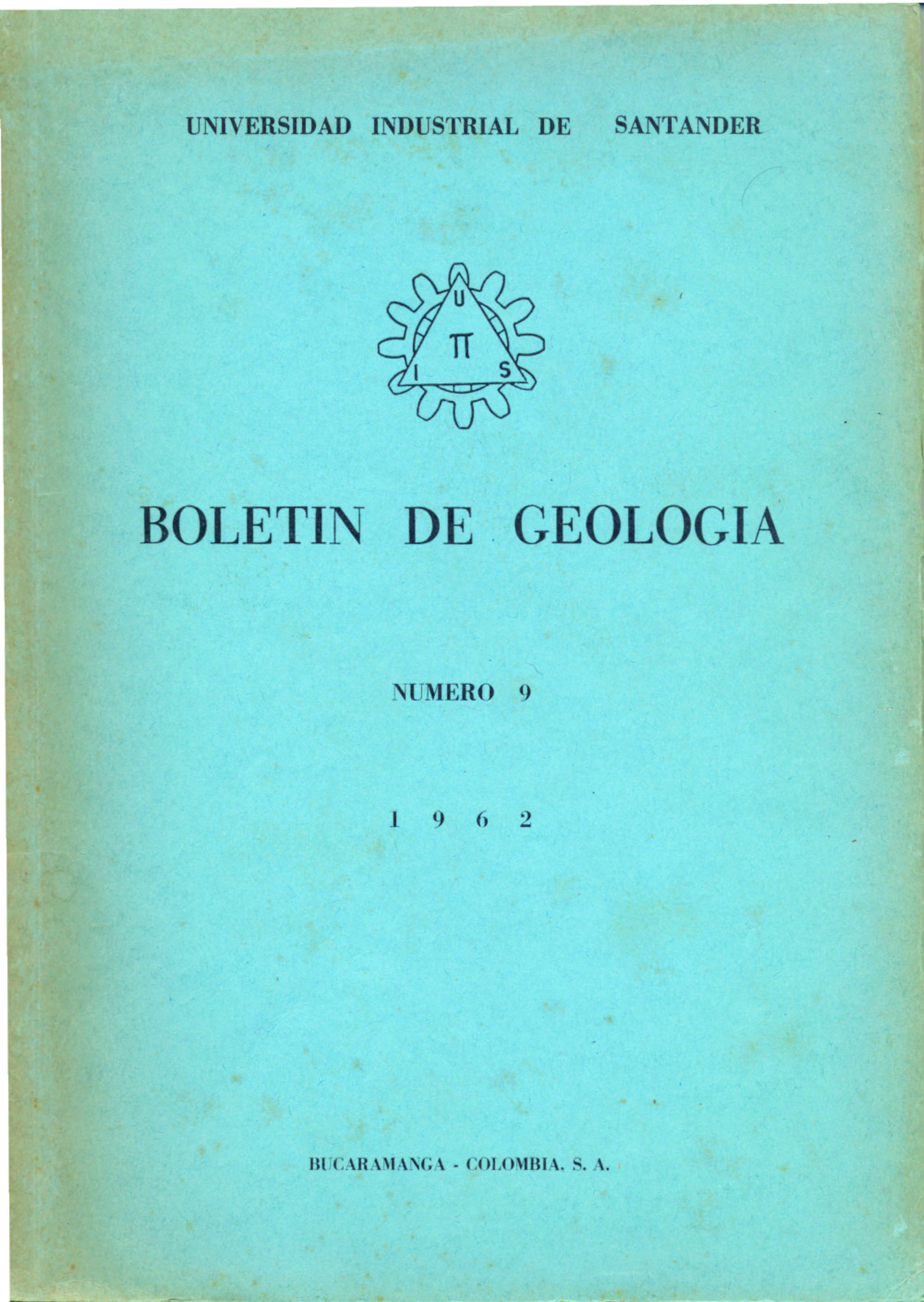Published 1962-04-05
How to Cite
Abstract
The stratigraphy of the Marine and Continental Tertiary in Colombia have been established on account of a few and isolated sections and presenting the chronoestratigraphic units, used in Europe. Generalization of such correlations is questionable in relation with neighbor areas and even in the country itself. A review of the main points of the stratigraphy shows inconsistence and lack of correlation with the stratigraphic data published during the last years in the Caribbean region and in Europe. This is mainly due to the obstinacy in the use of the so called "conservative" classification. Nevertheless the problem is not solved with the displacement of the Oligocene-Miocene boundaries locating the Aquitanian in the Miocene instead of the Oligocene like in the "conservative" classification. In the section of Carmen-Zambrano (Department of Bolívar) the limit Oligocene-Miocene must be located into the Petters and Sarmiento's zone of Globigerina dissimilis or in the basis of this zone. In spite that the Oligocene-Miocene boundary has a general lowering in Colombia, the Miocene of the Arroyo Saco's section (Department of Atlántico) appears modified in the other direction, in such a manner that the Aquitanian-Burdigalian boundary corresponds to the point occupied before by the Burdigalian-Helvecian boundary. Besides the Continental Tertiary shows more outstanding changes. The lowering of the Oligocene-Miocene boundary in the Caribbean Region, generally accepted, means a reduction of the Oligocene. Ages and correlations deducted from palynological analysis have their foundation on the marine series. If the marine sediments which used to belong to the Middle and Upper Oligocene belong now to the Miocene, without doubt the same would happen with the respective continental sediments; but such fact is impossible to admit and it is contradictory with the existence of a faune of mammals precisely from the Upper Oligocene. Taking in account the previous results it is quite diffjcult to establish, in accordance with the composite palynological diagram of Colombia, what part of the old Oligocene it is possible to accept as Miocene, and as Middle and Upper Oligocene. In the Marine Tertiary we establish correlations adopting the zones of planktonic foraminifera presented by Stainforth instead of Bolli's because Stainforth's have a wider character and the list of planktonic foraminifera published in Colombia do not allow to establish a detailed zonation. With the present conditions it is necessary a complete review of the stratigraphy of the Marine and Continental Tertiary and also of transgressions, regressions, sedimentary cycles, and tectonic phases.
